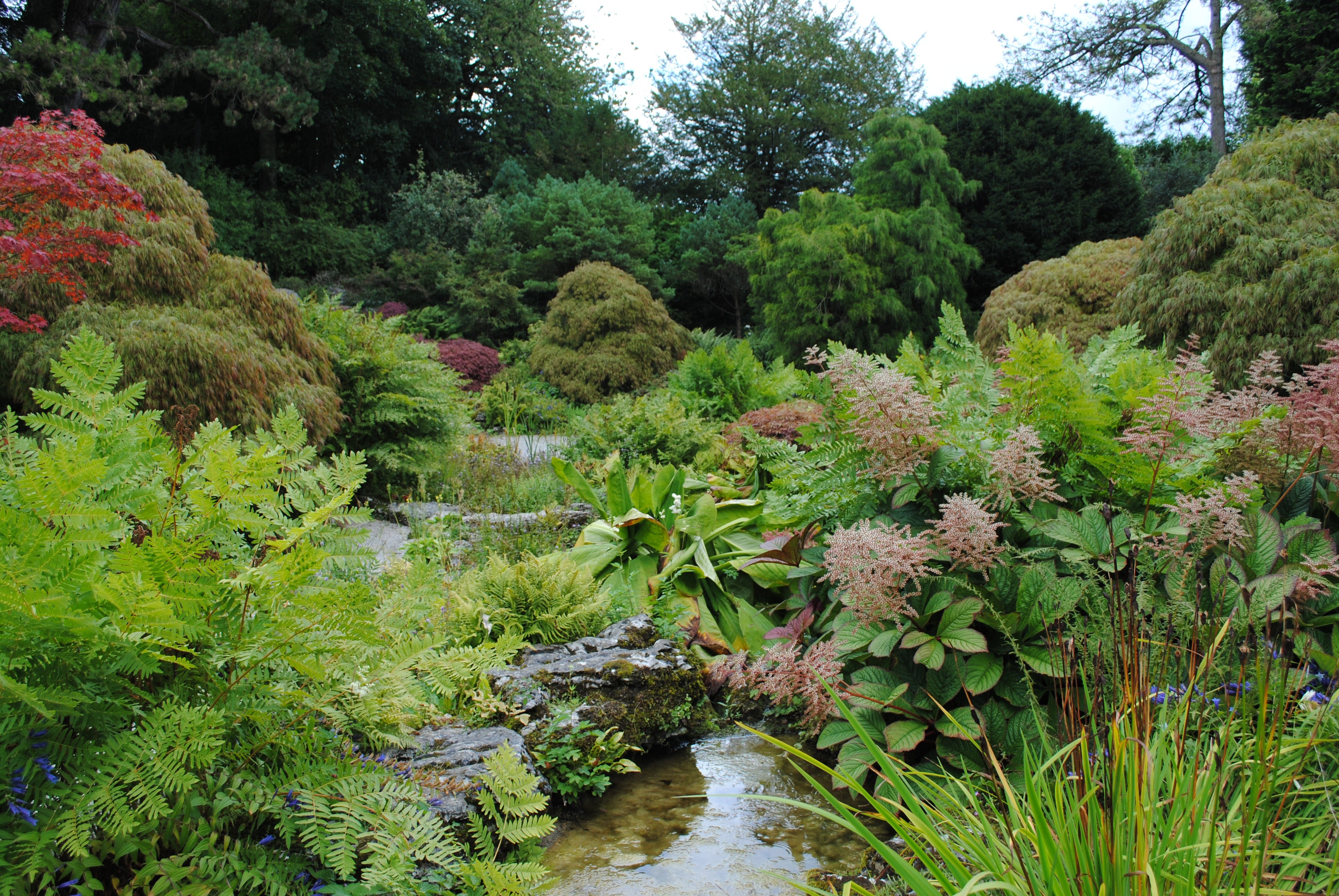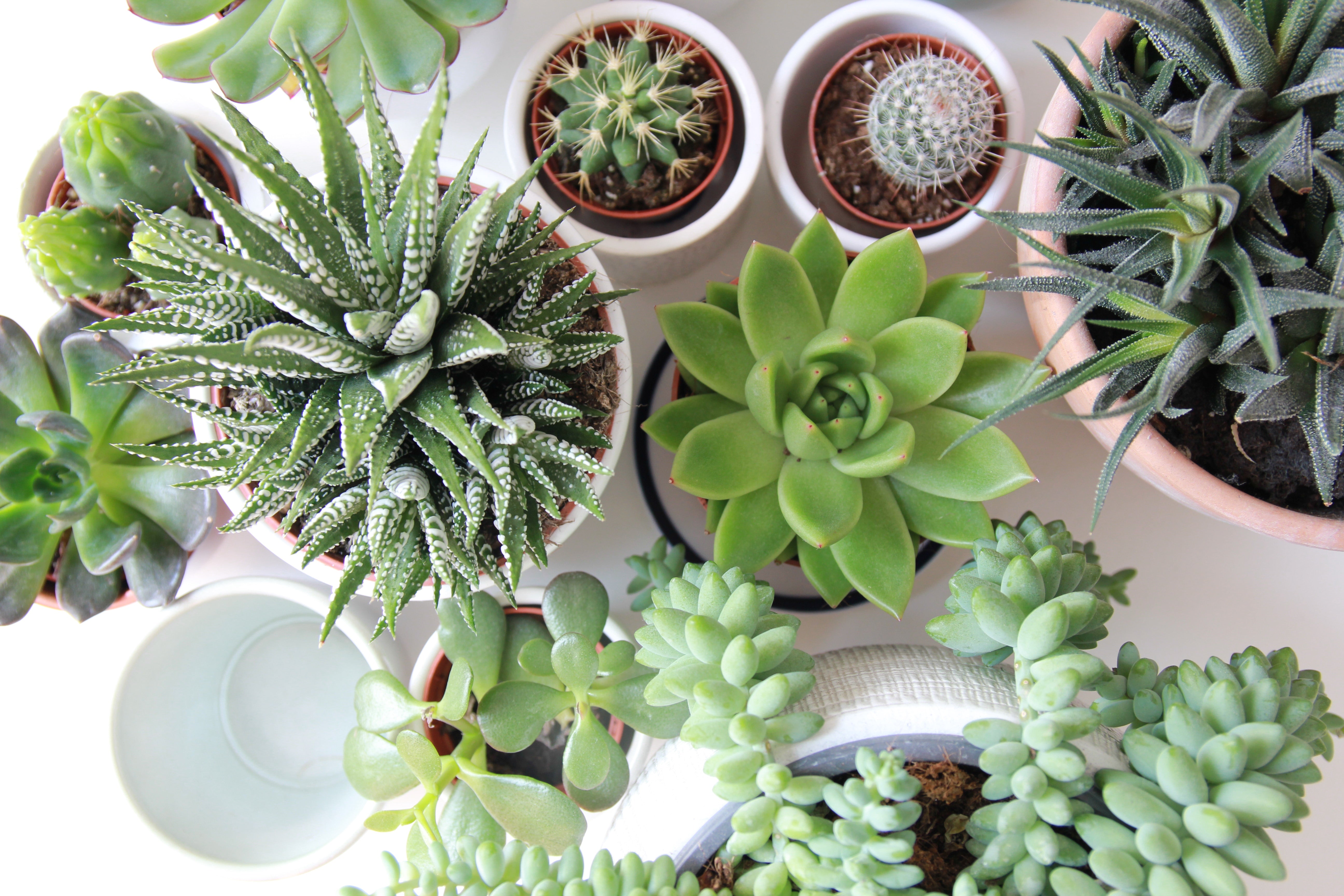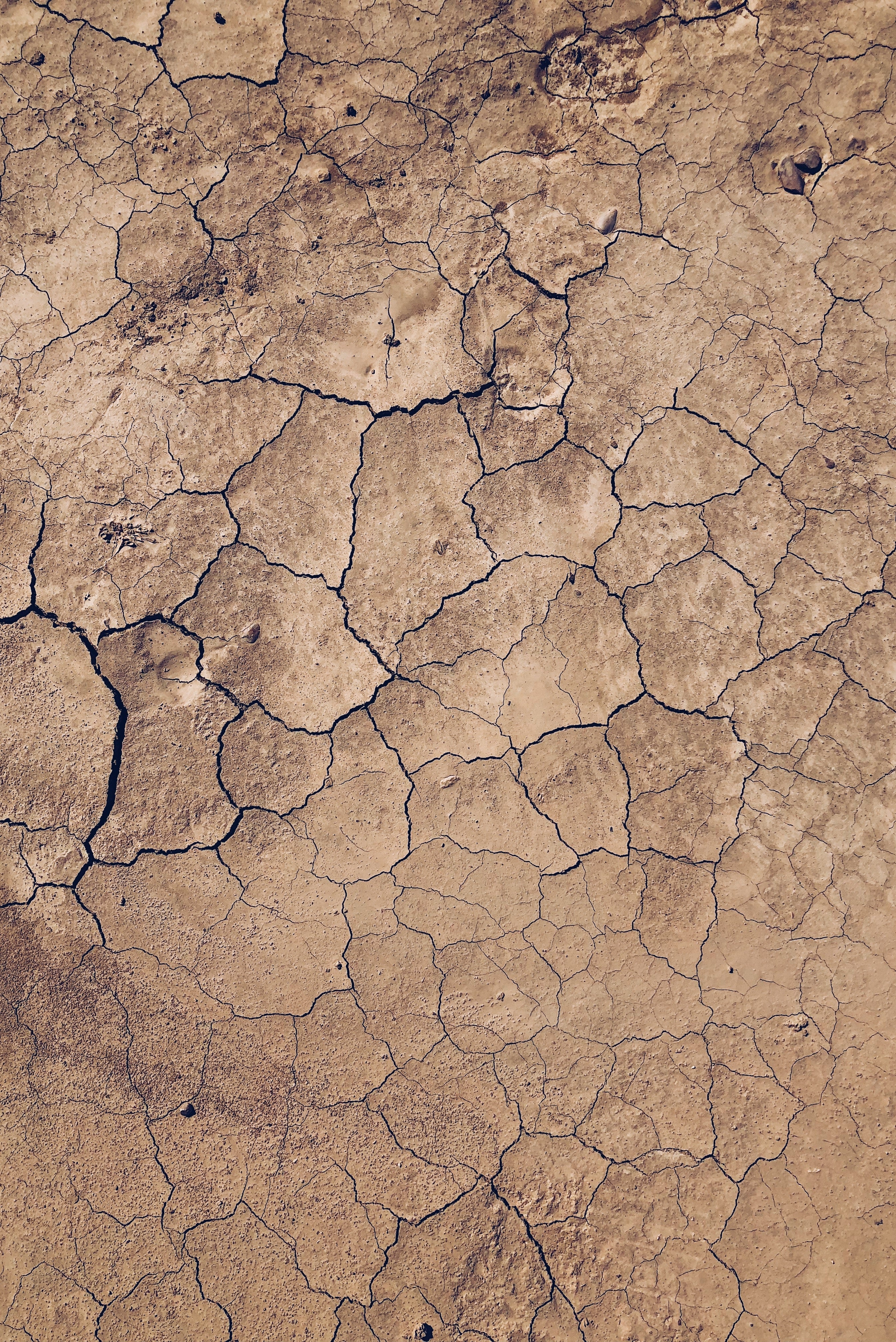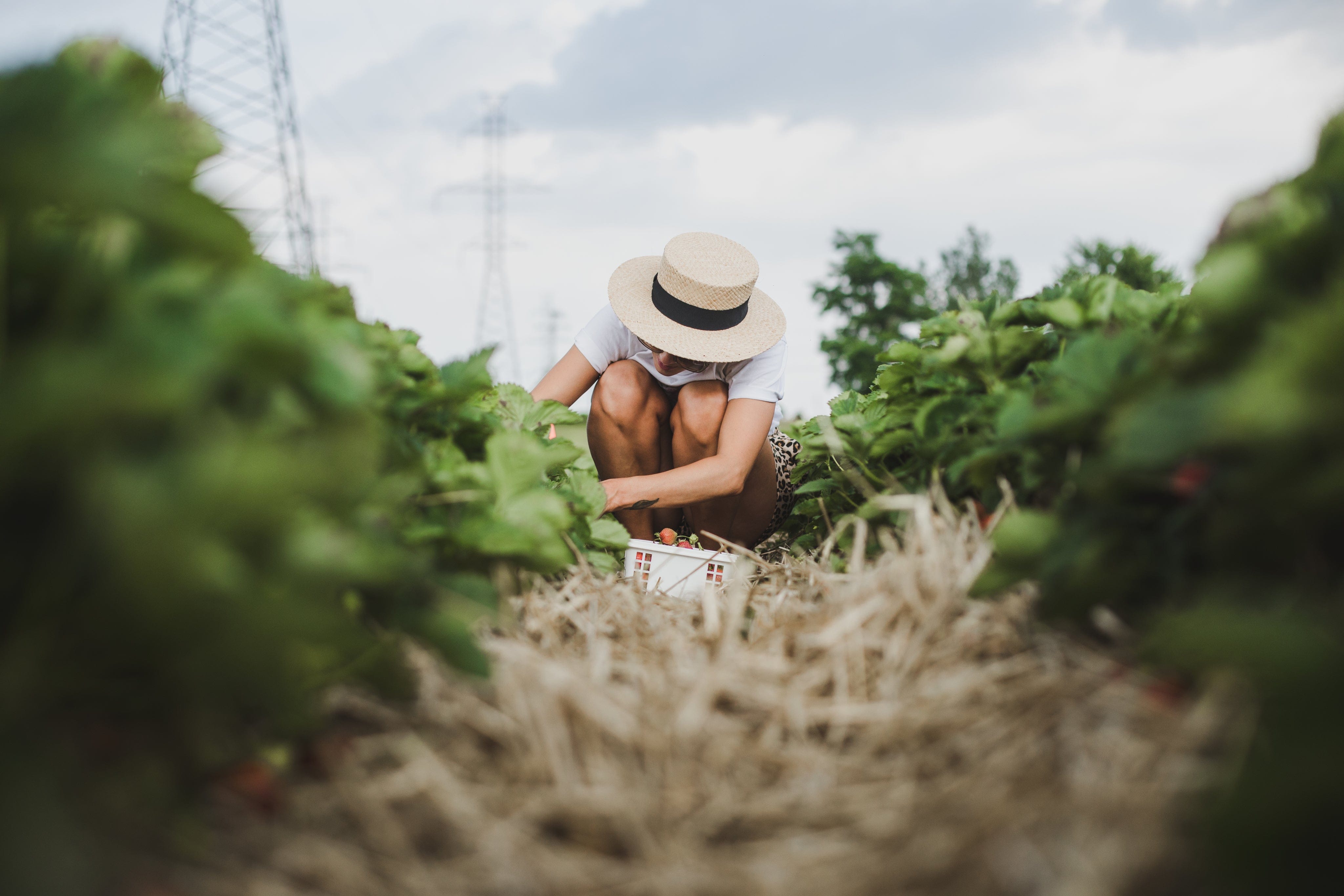
Creating a Water-Wise Garden
As global warming continues to affect our planet, the need to conserve water becomes more crucial. One way to save water is by creating a water-wise garden. Not only will it help preserve one of our planet's most precious resources, but it can also be a beautiful addition to your home. In this article, we will explore the steps you can take to create a water-wise garden that is both sustainable and aesthetically pleasing.
Table of Contents
- What is a water-wise garden?
- Benefits of a water-wise garden
- Assessing your garden's water needs
- Choosing the right plants for a water-wise garden
- Soil preparation for a water-wise garden
- Irrigation methods for a water-wise garden
- Mulching to conserve water
- Maintaining a water-wise garden
- Dealing with pests and diseases in a water-wise garden
- Water harvesting techniques
- Rainwater harvesting
- Greywater harvesting
- Choosing the right garden features
- Conclusion
- FAQs
1. What is a water-wise garden?
A water-wise garden, also known as a xeriscape, is a garden that is designed to conserve water while still maintaining its beauty. The goal of a water-wise garden is to use water efficiently, minimize water runoff, and reduce the need for watering. A water-wise garden is a low-maintenance and sustainable option that can thrive in regions with limited rainfall or where water is scarce.
2. Benefits of a water-wise garden
There are numerous benefits to creating a water-wise garden. Firstly, it conserves water and reduces your water bills. Secondly, it is low maintenance and requires less effort, time, and money than traditional gardens. Thirdly, it is sustainable and eco-friendly, reducing your carbon footprint. Fourthly, it attracts pollinators and beneficial insects that help maintain a healthy ecosystem. Lastly, it adds value to your home by creating an aesthetically pleasing environment.
3. Assessing your garden's water needs
Before creating a water-wise garden, it is essential to assess your garden's water needs. Factors such as climate, soil type, and the type of plants you want to grow affect how much water your garden will require. Consider getting a soil test to determine the type of soil in your garden, its pH level, and nutrient content. This will help you choose plants that are suitable for your soil and require less water. Also, identify areas in your garden that receive more or less water and choose plants accordingly.
4. Choosing the right plants for a water-wise garden
Choosing the right plants is crucial to creating a successful water-wise garden. Look for native or drought-tolerant plants that can thrive in your region. Such plants require less water, are more resistant to pests and diseases, and are better adapted to the local climate. Some examples of water-wise plants include succulents, cacti, lavender, yucca, and sage.
5. Soil preparation for a water-wise garden
Proper soil preparation is essential for a water-wise garden. Start by removing weeds, rocks, and other debris from your garden bed. Then, add organic matter such as compost or well-rotted manure to improve soil structure and fertility. This will help the soil retain moisture and provide nutrients to your plants. Mix the organic matter into the soil and level the bed before planting.
6. Irrigation methods for a water-wise garden
There are several irrigation methods that you can use for a water-wise garden. Drip irrigation is a popular option that delivers water directly to the roots of the plants, minimizing water waste. Another option is a soaker hose, which is a perforated hose that allows water to seep out slowly. This method also conserves water and is suitable for gardens with plants that require similar watering needs. It is also essential to water your garden early in the morning or late in the evening to minimize water loss due to evaporation.
7. Mulching to conserve water
Mulching is an effective way to conserve water in a water-wise garden. Mulch is a layer of organic material, such as leaves, grass clippings, or wood chips, that is spread over the soil surface. Mulch helps to retain moisture in the soil, suppress weeds, and regulate soil temperature. It also provides nutrients to the soil as it decomposes.
8. Maintaining a water-wise garden
Maintaining a water-wise garden involves proper care of the plants and soil. This includes regular watering, pruning, and fertilizing. Water your garden only when necessary and use a moisture meter to determine when the soil is dry. Prune your plants to remove dead or diseased branches and improve air circulation. Use organic fertilizers to provide nutrients to your plants and avoid synthetic fertilizers, which can harm the environment.
9. Dealing with pests and diseases in a water-wise garden
Pests and diseases can be a challenge in any garden, but there are ways to deal with them in a water-wise garden. One approach is to choose plants that are resistant to pests and diseases. Another is to use organic methods, such as companion planting or natural predators, to control pests. It is also essential to maintain a healthy soil environment, as healthy plants are more resistant to pests and diseases.
10. Water harvesting techniques
Water harvesting is an effective way to conserve water in a water-wise garden. There are several water harvesting techniques that you can use, such as rainwater harvesting and greywater harvesting.
11. Rainwater harvesting
Rainwater harvesting involves collecting rainwater from your roof and storing it in a container for later use. This water can be used to water your garden, wash your car, or even flush your toilet. To harvest rainwater, install a gutter system on your roof and connect it to a storage tank. Make sure to filter the water before use to remove debris and contaminants.
12. Greywater harvesting
Greywater harvesting involves using water from sources such as your washing machine or bathroom sink for your garden. This water is not suitable for drinking but can be used to water plants. To harvest greywater, install a diverter valve on your plumbing system to direct the water to your garden. Make sure to use eco-friendly cleaning products to avoid harming your plants.
13. Choosing the right garden features
Choosing the right garden features can enhance the beauty and functionality of your water-wise garden. Consider adding features such as a rain garden, which is a low-lying area that collects rainwater and filters it through plants and soil. Another option is a rock garden, which uses rocks and drought-tolerant plants to create a beautiful and low-maintenance garden.
14. Conclusion
Creating a water-wise garden is a practical and eco-friendly way to conserve water and create a beautiful outdoor space. By following the steps outlined in this article, you can create a sustainable and low-maintenance garden that will thrive in your region. Remember to assess your garden's water needs, choose the right plants, prepare the soil, use proper irrigation methods, mulch to conserve water, and maintain your garden properly.
15. FAQs
- What are some benefits of a water-wise garden?
- How do I assess my garden's water needs?
- What types of plants are suitable for a water-wise garden?
- What is mulching, and how does it help conserve water?
-
What are some irrigation methods for a water-wise garden?
-
How do I deal with pests and diseases in a water-wise garden?
-
What is rainwater harvesting, and how does it work?
-
What is greywater harvesting, and how does it work?
-
What are some garden features that I can add to my water-wise garden?
-
How do I maintain a water-wise garden?
-
What are some benefits of a water-wise garden?
A water-wise garden conserves water, reduces your water bills, is low maintenance, sustainable, attracts pollinators and beneficial insects, and adds value to your home.
-
How do I assess my garden's water needs?
Factors such as climate, soil type, and the type of plants you want to grow affect how much water your garden will require. Consider getting a soil test to determine the type of soil in your garden, its pH level, and nutrient content. Also, identify areas in your garden that receive more or less water and choose plants accordingly.
-
What types of plants are suitable for a water-wise garden?
Look for native or drought-tolerant plants that can thrive in your region. Such plants require less water, are more resistant to pests and diseases, and are better adapted to the local climate. Some examples of water-wise plants include succulents, cacti, lavender, yucca, and sage.
-
What is mulching, and how does it help conserve water?
Mulching is a layer of organic material, such as leaves, grass clippings, or wood chips, that is spread over the soil surface. Mulch helps to retain moisture in the soil, suppress weeds, and regulate soil temperature. It also provides nutrients to the soil as it decomposes, which reduces the need for synthetic fertilizers.
-
What are some irrigation methods for a water-wise garden?
Drip irrigation and soaker hoses are popular options that deliver water directly to the roots of the plants, minimizing water waste. It is also essential to water your garden early in the morning or late in the evening to minimize water loss due to evaporation.
-
How do I deal with pests and diseases in a water-wise garden?
Choose plants that are resistant to pests and diseases, use organic methods such as companion planting or natural predators to control pests, and maintain a healthy soil environment.
-
What is rainwater harvesting, and how does it work?
Rainwater harvesting involves collecting rainwater from your roof and storing it in a container for later use. This water can be used to water your garden, wash your car, or even flush your toilet. To harvest rainwater, install a gutter system on your roof and connect it to a storage tank. Make sure to filter the water before use to remove debris and contaminants.
-
What is greywater harvesting, and how does it work?
Greywater harvesting involves using water from sources such as your washing machine or bathroom sink for your garden. This water is not suitable for drinking but can be used to water plants. To harvest greywater, install a diverter valve on your plumbing system to direct the water to your garden. Make sure to use eco-friendly cleaning products to avoid harming your plants.
-
What are some garden features that I can add to my water-wise garden?
Consider adding features such as a rain garden, which is a low-lying area that collects rainwater and filters it through plants and soil. Another option is a rock garden, which uses rocks and drought-tolerant plants to create a beautiful and low-maintenance garden.
-
How do I maintain a water-wise garden?
Water your garden only when necessary, prune your plants to remove dead or diseased branches, use organic fertilizers, and maintain proper soil moisture levels. It is also essential to monitor for pests and diseases and deal with them promptly using organic methods.
In conclusion, creating a water-wise garden is a practical and eco-friendly way to conserve water and create a beautiful outdoor space. With the right plants, soil preparation, irrigation methods, and maintenance, you can create a sustainable and low-maintenance garden that will thrive in your region. Consider adding water harvesting techniques and garden features to enhance the functionality and beauty of your water-wise garden.
Creating a water-wise garden not only benefits the environment but also your wallet. By conserving water and using sustainable practices, you can save money on your water bills and reduce your carbon footprint. Additionally, a water-wise garden can add value to your home and create a beautiful outdoor space for you to enjoy.
With proper planning and execution, anyone can create a water-wise garden. Whether you live in a region with limited rainfall or want to conserve water, a water-wise garden is a practical and sustainable option. Follow the steps outlined in this article, and you can create a garden that is both beautiful and eco-friendly.
So, start planning your water-wise garden today and take the first step towards a sustainable and low-maintenance outdoor space.




Leave a comment
This site is protected by hCaptcha and the hCaptcha Privacy Policy and Terms of Service apply.